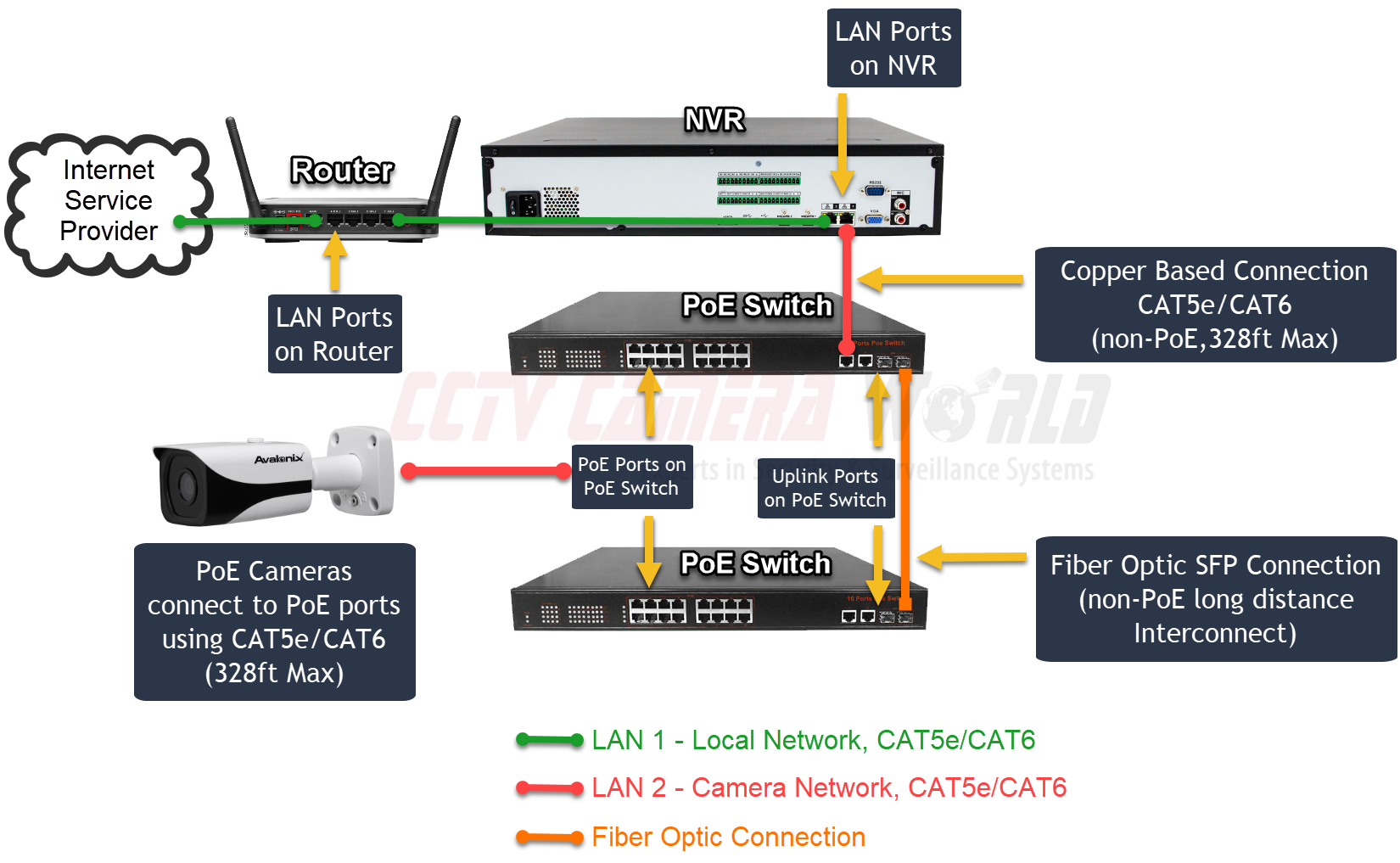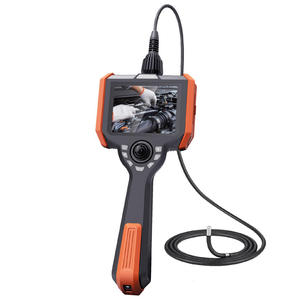How CCTV Cameras With Fiber Optic Outcome Enhance Long-Distance Tracking
CCTV video cameras outfitted with fiber optic output represent a significant improvement in long-distance security technology, providing unparalleled benefits over traditional systems. By leveraging the buildings of light transmission via fiber optics, these electronic cameras ensure high-definition video quality stays undamaged across comprehensive distances while successfully alleviating electro-magnetic interference - cctv fibre optic cable.

Understanding Fiber Optic Innovation
Fiber optic technology is increasingly made use of in long-distance monitoring applications due to its exceptional ability for information transmission. This modern technology uses slim strands of glass or plastic fibers to send data as light signals, considerably lowering the attenuation frequently connected with standard copper cables. The integral residential properties of fiber optics permit for the transmission of large quantities of information over substantial ranges without loss of top quality, making it an excellent choice for applications requiring reputable interaction.
The principle of total inner representation promotes the reliable transmission of light within the fiber, making certain high bandwidth and rate. Unlike electric signals in steel cables, optical fiber are immune to electro-magnetic disturbance, enhancing the integrity of information transmission. This particular is particularly valuable in environments with high degrees of electric noise, such as industrial settings or city locations.
In addition, fiber optic cords are lighter and more adaptable than their copper counterparts, which streamlines installation and lowers structural lots. With their resilience and resistance to ecological factors, optical fiber are well-suited for exterior applications, therefore extending the reach of monitoring systems. As a result, fiber optic modern technology is becoming a foundation in modern-day surveillance options, properly dealing with the obstacles of long-distance surveillance.
Advantages of Fiber Optic CCTV
Utilizing fiber optic modern technology in CCTV systems offers various advantages that enhance surveillance capacities. Among the main advantages is the capability to transfer high-definition video over cross countries without significant signal deterioration. Unlike traditional copper cables, fiber optics can preserve video clip quality over substantial runs, making them ideal for huge homes or remote monitoring places.
Additionally, fiber optic cables are less susceptible to electromagnetic interference, which can misshape signals in traditional systems. This makes certain more clear pictures and nonstop service, important for safety and security tracking. Fiber optics are inherently a lot more protected, as obstructing signals needs specific devices, thus offering an extra layer of protection against unauthorized access.
The light-weight and portable nature of fiber optic wires additionally simplifies installment, enabling easier directing through limited areas and reducing total labor costs. Their toughness makes them immune to ecological variables such as wetness and temperature changes, extending the lifespan of the monitoring system.
Last but not least, fiber optic systems can support a better number of video cameras on a solitary network, optimizing sources and providing scalability for future development. These benefits make fiber optic CCTV systems an exceptional selection for modern-day surveillance requirements.
Contrast With Typical Solutions
When contrasting CCTV systems, typical configurations frequently drop short in several essential areas, particularly in terms of distance and signal stability. Standard coax systems typically encounter substantial signal degradation over long distances, limiting efficient tracking ranges to roughly 300 feet (cctv fibre optic cable). Beyond this limit, image quality reduces, resulting in potential blind areas and minimized security performance
In comparison, fiber optic systems maintain signal honesty over a lot higher distances, often going beyond numerous miles without loss of high quality. Get the facts This is greatly as a result of their ability to transmit data as light signals, which are less vulnerable to electromagnetic interference than electric signals utilized in standard systems.
Additionally, traditional systems require a lot more considerable upkeep and troubleshooting because of their vulnerability to environmental aspects such as moisture and electro-magnetic noise. Fiber optic systems, alternatively, deal enhanced durability and reduced upkeep expenses, as they are much less vulnerable to damages.
Applications in Long-Distance Surveillance
The advantages of contemporary CCTV systems in maintaining signal stability over cross countries open a wide variety of applications for long-distance surveillance. One substantial application is in urban surveillance, where municipalities deploy fiber optic CCTV systems to check public spaces, enhancing security and preventing criminal task. These systems supply continuous, high-grade video clip feeds that are critical for effective regulation enforcement and emergency reaction.
One more important application is in industrial setups, where remote surveillance of manufacturing processes and unsafe areas is vital. Fiber optic CCTV can hold up against harsh atmospheres and transfer information over long ranges without loss of top quality, enabling real-time oversight and reducing risks to employees.
In addition, vital infrastructure such as airport terminals, trains, and pipes gain from long-distance CCTV surveillance. Protection teams can look after huge locations from systematized control rooms, making certain rapid action to any kind of events.
In addition, in agricultural setups, farmers make use of long-distance CCTV to keep an eye on plants and livestock, aiding to improve efficiency and security. Overall, the versatility and integrity of fiber optic CCTV systems make them indispensable throughout various sectors, allowing comprehensive monitoring solutions customized to certain demands.
Future Trends in Surveillance Modern Technology
How will advancements in technology reshape the landscape of surveillance? The future of surveillance technology is poised for substantial transformation, driven by advancements their explanation such as man-made knowledge (AI), artificial intelligence, and side computing. These technologies enable real-time data analysis, permitting rapid identification of potential hazards and boosted situational awareness.
AI-powered analytics will certainly boost the accuracy of face recognition systems, reducing incorrect positives and making it possible for much more effective tracking of individuals. Additionally, the combination of Web of Points (IoT) devices will assist in a seamless network of interconnected monitoring systems, boosting tracking capacities across large areas.
Another fad is the shift in the direction of cloud-based storage services, which use scalable information monitoring and availability. This will permit organizations to save huge amounts of video data without the restrictions of physical storage space, while making certain that information is easily retrievable.

Conclusion
To conclude, CCTV electronic cameras furnished with fiber optic outcome stand for a significant development in long-distance surveillance capacities. The usage of fiber optic technology makes certain high-def video clip transmission over considerable distances without top quality destruction, while also supplying immunity to electro-magnetic interference. The light-weight and versatile nature of these systems promotes streamlined installment and source optimization. As monitoring innovation remains to progress, the adoption of fiber optic solutions will likely play a critical duty in improving protection across varied applications.